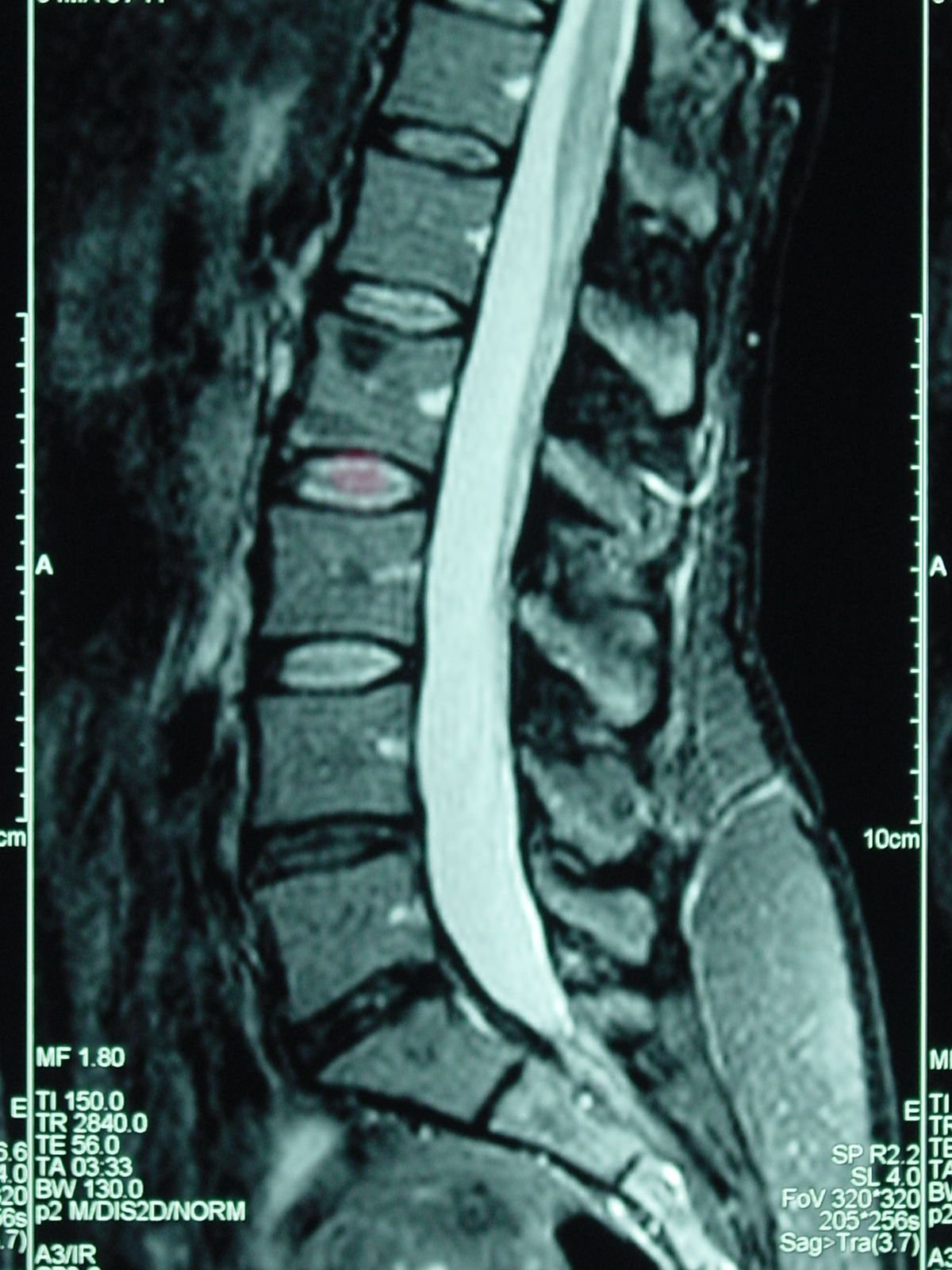Proven Non-Surgical Treatment for Back Pain
Spinal Decompression Therapy (also known more simply as Spinal Decompression or SD) is a non-surgical therapy proven to treat back pain and sciatica caused by bulging, herniated, and degenerative discs, or facet syndrome. Even post-surgical patients and those suffering from stenosis (a narrowing of the spinal canal) have reported significant pain relief from SD treatments.
Over a series of relaxing sessions, patients experience powerful pain reduction and healing. Some patients even notice an improvement in their symptoms after the first few treatments!
Spinal Decompression, not to be confused with traction, gently lengthens and decompresses the spine, creating negative pressure within the discs. This pressure reversal creates an intradiscal vacuum that not only takes the pressure off of pinched nerves but also helps to reposition bulging discs and pull extruded disc material back into place.
Simultaneously, spinal experts believe nutrients, oxygen, and fluids are drawn into the disc to create a revitalized environment conducive to healing. Many experts surmise that SD stimulates the body's repair mechanism by bringing disc pressures to harmful levels, providing the building blocks needed to mend injured and degenerated discs.
Is Spinal Decompression Right For Me?
You Are a Candidate for SD IF:
- You have chronic or severe low back or neck pain caused by bulging or herniated discs, degenerative disc disease, sciatica, and facet syndrome
- You have been diagnosed with a clinically unstable neck or lower back.
- You have been told to consider surgery
- You have had a failed back surgery.
What Can I Expect?
Getting Started with Spinal Decompression
At your first visit, your doctor may recommend an x-ray or MRI to pinpoint the specific areas of damage and discomfort. Using this information, your doctor will determine your course of therapy and whether you are a candidate for Spinal Decompression (SD).
The Pressure Is Off!
At the beginning of each session, you will be comfortably fitted with two harnesses, one wrapped around your pelvis and one secured under your ribcage. As a session of SD commences, you will notice a slow, gentle lengthening in your spine as your discs are gradually decompressed and relieved of pressure. This process is safe and relaxing. Each treatment session lasts approximately twenty minutes.
Typical Treatment Regimen
A typical SD regimen comprises 20 sessions over approximately two months. Research has shown that it takes this amount of treatment to completely "heal" the disc. Certain less severe conditions may take fewer treatments while some other conditions may require more. Many patients report relief from their pain and other symptoms during the first few treatments and most experience dramatic pain relief after completion of their prescribed SD program. As a session progresses, the discs are relieved of pressure or decompressed, creating a vacuum. Many experts believe this decompressed state aids in pulling nutrients, oxygen, and fluid back into the discs.
How Spinal Decompression Works.
High intradiscal pressure causes discs to bulge and press painfully on nerve roots. They also make for a compressed anaerobic environment unsuitable for healing. Spinal decompression (SD) produces negative pressures within the disc, creating a vacuum effect that doctors believe helps the disc draw in nutrients and fluids to promote the repair of injured discs and surrounding tissues. This vacuum has also been shown to aid in retracting escaped cushioning gel from herniated discs.
When Negative Is A Positive
Much like gauging the air pressure in a car tire, scientists have used pressure sensors to measure various pressures on spinal discs while lifting, standing, sitting, lying down, undergoing traction, and during SD therapy. While spinal manipulation may reduce disc pressures to as low as 40mm Hg, SD has been shown to achieve actual negative pressures as low as - 160mm Hg within the injured disc during the treatment session. Sustained traction produced an increased pressure of 300mg Hg, equal to lifting activities.
Traction Is NOT Decompression
With traction, weight is applied from the end of a traction bed, which adds tension to a harness secured around the pelvis, lengthening the entire spine. The intention is to relieve pressure; however, the linear force of this traction can produce spasming, which may lead to more significant injury. Studies confirm that the benefits of traction come from simply immobilizing the spine. The Quebec Task Force ruled in 1996 that traction was ineffective for chronic herniated discs; traction cannot produce negative pressures in the disc.
Like traction, SD also lengthens the spine. However, the approach is far different, producing vastly superior results. In addition to producing negative discal pressures, SD is also different from traction in that while traction exerts a pulling force along the entire length of the spine, the pulling force in SD is localized to one specific disc. This targets the treatment of the injured disc for superior healing.
Fooling the Back into Relaxing
Usually, pulls exerted on the spine trigger sensory receptors to tighten the muscles surrounding the vertebrae and discs to protect them from injury, a mechanism in the body known as the proprioceptor response. SD bypasses this response by taking the body to the threshold of this response and then relaxing before the muscle spasm. This pulling and relaxing continues throughout the therapy. This "pumping" action also serves to help draw the disc material back in line with the spine, taking the pressure off the spinal cord and nerves.
Need an expert chiropractor to make an adjustment? Give us a call to discuss your needs at (419) 422-3686.
CONTACT INFORMATION
Phone: (419) 422-3686
Address: 228 W Hardin St, Findlay, OH 45840
BUSINESS HOURS
- Mon, Wed
- -
- Tue, Thu
- -
- Friday
- -
- Sat - Sun
- Closed
LOCATION


